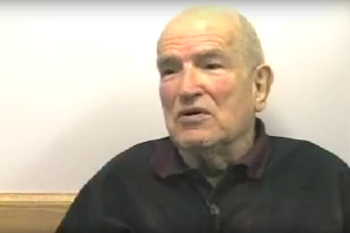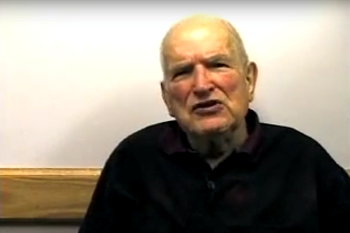Injury Occurs Over Time
Stroke-related brain injury often evolves over time
A stroke can be triggered by one or a series of sudden vascular events that may last only a few minutes. The resulting damage to some brain cells initiates a series of chemical and cellular events that injures brain tissue that was not originally damaged. In some strokes, it may be possible to abort these secondary events and "rescue" much or all of the brain. However, a successful rescue requires medical or surgical therapy within minutes or hours after the patient's signs and symptoms first appear. Knowledge of how to best accomplish this is just beginning to emerge. The brain continues to respond to injury over a period that may last a few days or more, but at this later time the goal of therapy is preventing further complications and injury.
When most people use the term stroke, they are referring to a "completed" stroke which may kill the patient or produce permanent brain damage. If an individual survives a stroke, their specific long-term neurologic deficits will depend on the type and size of stroke, the specific parts of the brain involved, the effectiveness of any early medical interventions, treatment, and rehabilitation, and the characteristics of the individual and his or her family.
Death soon after a stroke is caused by secondary brain-related or medical complications
The brain swelling that occurs after a stroke increases intracranial pressure. If there has been hemorrhage, the added volume of blood contributes to the increased pressure. The skull cannot expand. Thus when intracranial pressure increases, “relief” can only be obtained by displacing brain tissue into a different compartment within the skull where the pressure is lower. This is referred to as brain “herniation.” If the forebrain is swollen, its displacement downward can produce compression of the brainstem. A stroke involving the brainstem itself (or the cerebellum) may also cause swelling and compression. If the reticular formation of the brainstem is involved, its dysfunction may result in irreversible coma, or in death because of respiratory arrest or circulatory failure. Measures to lower ICP and prevent a herniation can include raising the head of the bed, IV mannitol, or surgical measures such as temporary removal of the skull overlying the swollen brain region.

